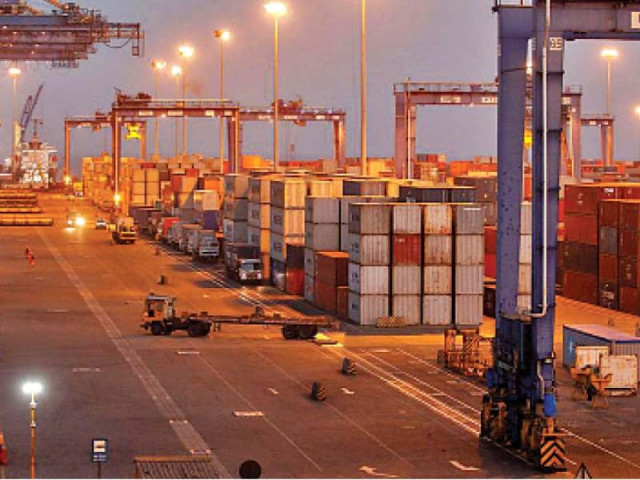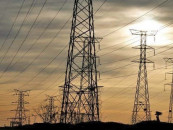Pakistan’s regional exports rise 35%
Minister cherishes regional connectivity policies bearing fruit

Afghanistan, Iran, Turkey and the Central Asian states increased by 35% to $938 million in the first quarter of fiscal year 2021-22 compared to $694 million in the same quarter of previous year, said Adviser to Prime Minister on Commerce and Investment Abdul Razak Dawood.
On his official Twitter handle, the minister on Wednesday cherished that Pakistan’s policies on regional connectivity to increase trade were bearing fruit. In comments to The Express Tribune, AHL Head of Research Tahir Abbas said that the government was focusing on long-term sustainable exports to narrow the trade deficit. He highlighted that the government had already given incentives to exporters including competitive electricity and gas tariffs along with lower markup rates on financing for business expansion.
The release of pending tax refunds through the FASTER system was an encouraging step for the export-oriented sector, he said, adding that as a result, Pakistan’s exports were picking up pace, especially in regional countries. Pakistan’s trade was heading in the right direction with diversification in both products and destinations, said Topline Research economist Atif Zafar. However, a lot more needed to be done to have a substantial impact on balance of payments, he added.
READ PM for boosting exports of non-traditional goods
Emphasising the importance of regional trade, Pakistan Businesses Forum Vice President Ahmad Jawad stated that Pakistan was promoting regional connectivity instead of creating new blocs to promote peace, harmony, economic progress and prosperity.
“However, the potential is much more,” he said and lamented that Pakistan did not focus on regional connectivity in the past, which was a “blunder”. “If we strengthen regional connectivity, Pakistan’s exports will be in safe waters,” Jawad added.
Pakistan’s intra-regional trade had declined in the last 10 years, he said, adding that exports to neighbouring countries fell to 7.4% in 2018 from 12.2% in 2011. Similarly, Pakistan’s regional imports dropped to 4.7% in 2018 from 7.4% of its total global purchases in 2011. Citing the example of European Union, Southeast Asian and East Asian economies, Jawad said that EU regional trade constituted 65% of the bloc’s international trade.
The ratio in East Asia was 35% and in Southeast Asia 25%. According to the World Bank data, intra-regional trade accounts for about 1% of South Asia’s gross domestic product (GDP) compared to almost 11% for East Asia and the Pacific, he said.
“It is absurd to expect that Pakistan alone can dismantle the trade barriers that limit regional economic growth,” Jawad added. A connecting land route from Afghanistan to Central Asia would provide an effective and cheap alternative to Pakistan as compared to routes via Iran or China, he said.



















COMMENTS
Comments are moderated and generally will be posted if they are on-topic and not abusive.
For more information, please see our Comments FAQ